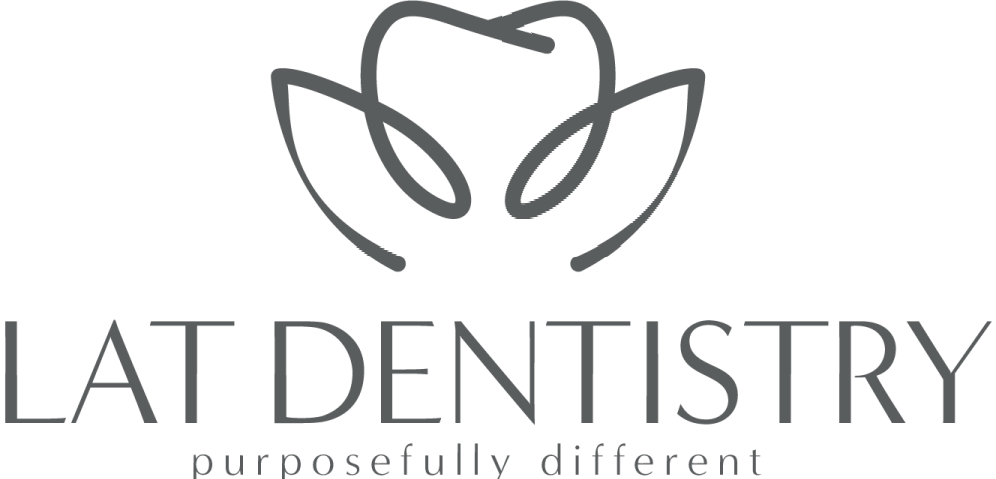Soft Diets and (Lack of) Facial Growth
Have you ever thought much about what it means when a baby first develops teeth – why then? Why incisors first and not molars? Why do babies eventually grow enough to where permanent teeth replace their primary teeth?
The biggest thing to understand in all of this is that teeth themselves as well as the types of teeth and numbers of teeth we develop are all signs that we are meant to chew. When a growing baby or toddler chews food, the forces and chewing signal to the body to allow the bones of the face and jaws to grow. This is really similar to how runners or people who do load bearing athletics will often have higher bone densities over time compared to non-load bearing activities – ie: if you do weight bearing exercise, you are less likely to break your hip from osteoporosis as you age! The same concepts help us understand growth of the face and jaws in children.
When children are exposed to pureed food and primarily processed, soft diets for extended periods of time (think- pasta, bread, oatmeal, smoothies, etc), they are more likely to experience problems with tooth crowding, lack of space for molars / molar impaction, posture problems and even breathing problems. The muscles we use for sucking, swallowing, breathing and chewing as the same muscles we need to properly develop for keeping the airway functioning as it should.
Children need to experience forces from chewing crunchy food as well as forces from proper tongue positioning to allows for facial and jaw growth. Proper facial and jaw growth is helpful to prevent the issues listed above in addition to esthetics, speech, and proper nasal breathing.
When it comes to a diet that promotes proper growth and development through chewing, start as early as possible. One new concept in the parenting community is “baby led weaning” where babies are given freedom to self-feed as they show signs of developmental readiness.
“With baby-led weaning, instead of buying or making specific foods to feed your baby, you’re preparing the same meal for the whole family, with modifications as needed for your newest eater.” - Dr. Churbock
There are lots or resources out there on the topic, so be sure to consult trusted sources and of course your pediatrician as you consider what foods to introduce to your baby.
There are also tools that can be used to aid in the facial and jaw growth / development process and even after growth/ development such as the myo-munchee.
“The myo-munchee is a small chewing device made of soft, medical grade silicone.”
It is designed to promote chewing and aid in muscle tone, bone health, tongue positioning, and nasal breathing.
There are plenty of resources available to learn more about what, why, and when. We suggest starting simple by consulting your pediatrician and introducing as many fresh fruits and veggies into your child’s diet as reasonable. Then proceed as you learn more and feel comfortable.
Read below for more information and resources.
Forces: https://www.sciencedaily.com/releases/2011/11/111122112032.htm
Baby-Led Weaning: https://health.clevelandclinic.org/baby-led-weaning/
Myo-Munchee: https://myomunchee.com/
Weston Price Foundation: https://www.westonaprice.org/

